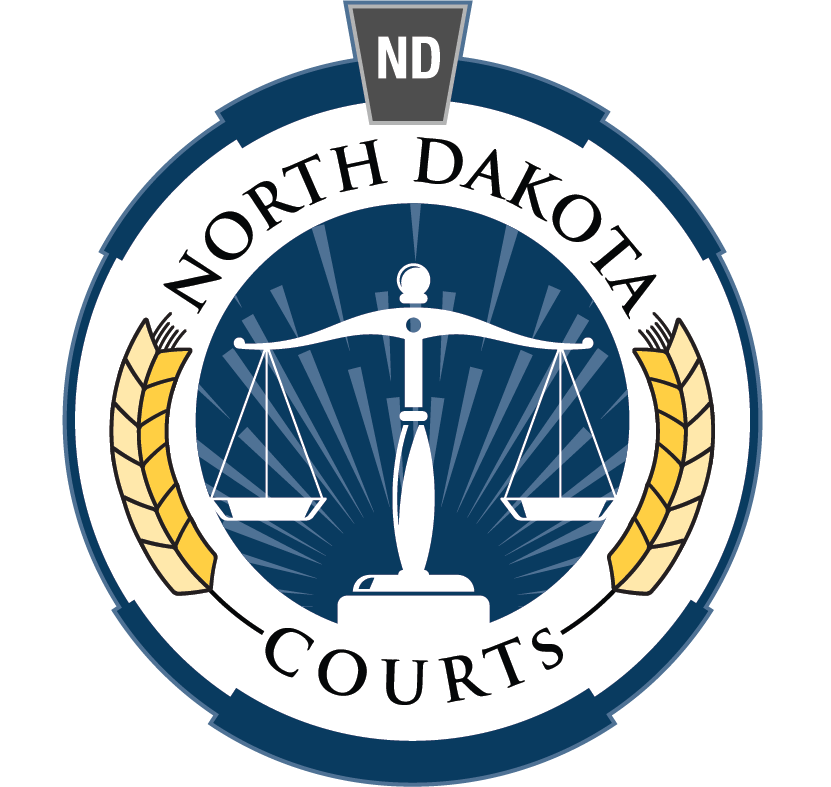RULE 901. AUTHENTICATING OR IDENTIFYING EVIDENCE
Effective Date: 3/1/2014
(a) In General. To satisfy the requirement of authenticating or identifying an item of evidence, the proponent must produce evidence sufficient to support a finding that the item is what the proponent claims it is.
(b) Examples. The following are examples only, not a complete list, of evidence that satisfies the requirement:
(1) Testimony of a Witness with Knowledge. Testimony that an item is what it is claimed to be.
(2) Nonexpert Opinion About Handwriting. A nonexpert's opinion that handwriting is genuine, based on a familiarity with it that was not acquired for the current litigation.
(3) Comparison by an Expert Witness or the Trier of Fact. A comparison with an authenticated specimen by an expert witness or the trier of fact.
(4) Distinctive Characteristics and the Like. The appearance, contents, substance, internal patterns, or other distinctive characteristics of the item, taken together with all the circumstances.
(5) Opinion About a Voice. An opinion identifying a person's voice, whether heard firsthand or through mechanical or electronic transmission or recording, based on hearing the voice at any time under circumstances that connect it with the alleged speaker.
(6) Evidence About a Telephone Conversation. For a telephone conversation, evidence that a call was made to the number assigned at the time to:(A) a particular person, if circumstances, including self-identification, show that the person answering was the one called; or(B) a particular business, if the call was made to a business and the call related to business reasonably transacted over the telephone.(7) Evidence About Public Records. Evidence that:(A) a document was recorded or filed in a public office as authorized by law; or(B) a purported public record or statement is from the office where items of this kind are kept.(8) Evidence About Ancient Documents or Data Compilations. For a document or data compilation, evidence that it:(A) is in a condition that creates no suspicion about its authenticity;(B) was in a place where, if authentic, it would likely be; and(C) is at least 20 years old when offered.(9) Evidence About a Process or System. Evidence describing a process or system and showing that it produces an accurate result.
(10) Methods Provided by a Statute or Rule. Any method of authentication or identification allowed by a statute or a rule prescribed by the North Dakota Supreme Court.
Rule 901 was amended, effective March 1, 2014.
Rule 901 is based on Fed.R.Ev. 901.
Authentication is merely a preliminary question of conditional relevancy and, as such, is to be determined according to the standards and requirements of N.D.R.Ev. Rule 104(b). A determination that evidence is authentic does not render it admissible. It may be hearsay, e.g., and excluded on that ground.
The examples listed in subdivision (b) are derived from traditional methods of authentication.They should be read in light of the general requirement of subdivision (a), which is satisfied by evidence sufficient to support a finding that the matter is what its proponent claims.
Rule 901 was amended, effective March 1, 2014, in response to the December 1, 2011, revision of the Federal Rules of Evidence. The language and organization of the rule were changed to make the rule more easily understood and to make style and terminology consistent throughout the rules. There is no intent to change any result in any ruling on evidence admissibility.
SOURCES: Joint Procedure Committee Minutes of September 27, 2012, page 26; June 3, 1976, pages 8-10; October 1, 1975, page 8. Fed.R.Ev. 901; Rule 901, SBAND proposal.
STATUTES AFFECTED:
CONSIDERED: N.D.C.C. §§ 47-19-23, 47-19-24.
Cross Reference: N.D.R.Ev. 104 (Preliminary Questions); N.D.R.Civ.P. 44 (Proving an Official Record); N.D.R.Crim.P. 27(Proof of Official Record).

